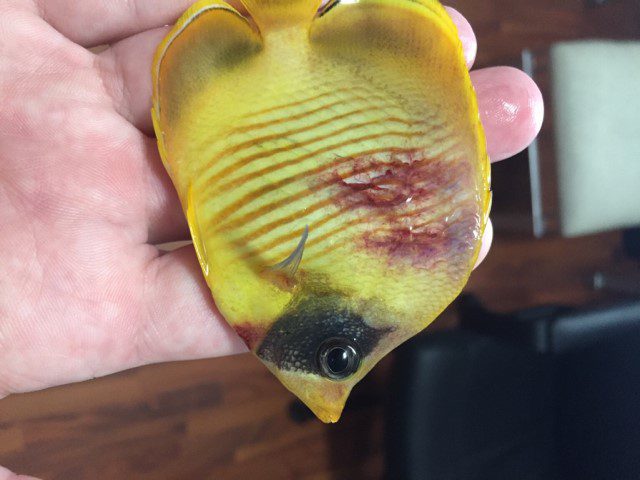
These infections are quite common and manifest in various ways. They may appear as dark patches, white patches, torn or frayed fins, cloudy eyes, or red streaks and sores. There are two primary types of infections, each with its own set of challenges. Gram-positive infections tend to progress more slowly but can be challenging to detect early. On the other hand, gram-negative infections progress rapidly and can lead to the death of the fish within 24 hours of onset, most infections unfortunately are gram-negative.

Treating these infections requires a broad-spectrum antibiotic or a combination of antibiotics to cover a wide range of pathogens.
Ingredients:
- Seachem Metroplex
- Seachem Kanaplex
- Seachem Polyguard
- Optional – Seachem Focus
- Optional – Garlic Suppliments
Combining medications like Kanaplex, Polygaurd, and Metroplex offers a comprehensive approach that can effectively target gram-negative infections and even stubborn gram-positive ones. These medications can be safely combined for maximum effectiveness and would cover the vast majority of bacterial infections in the hobby.
Dose as directed, alternatively in larger systems you add the antibiotics to the food and use an equal amount of Seachem Focus to bind the antibiotics to the food. Thus feeding the fish the medicine directly. This amount of antibiotics may make the food taste funny, so adding a liquid garlic suppliment will help the feeding.




